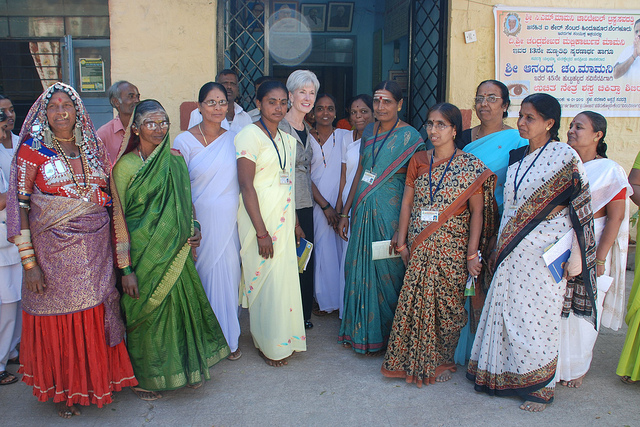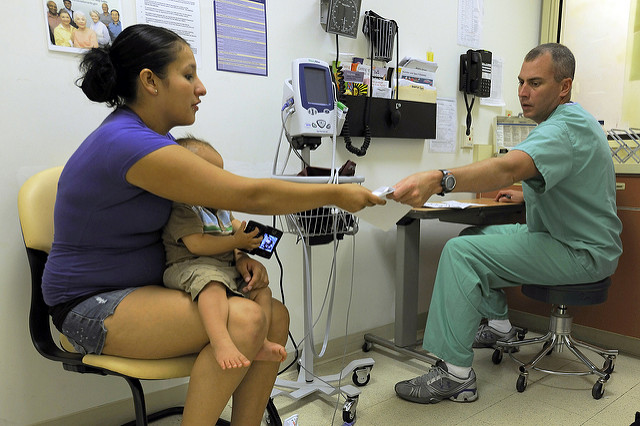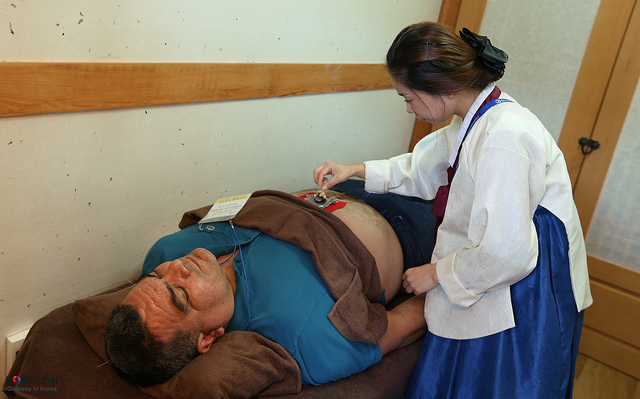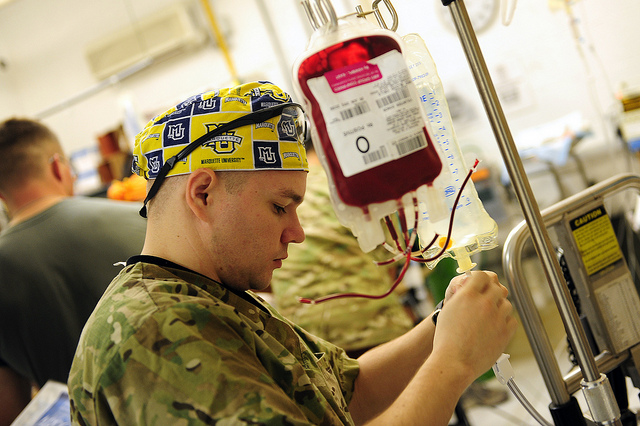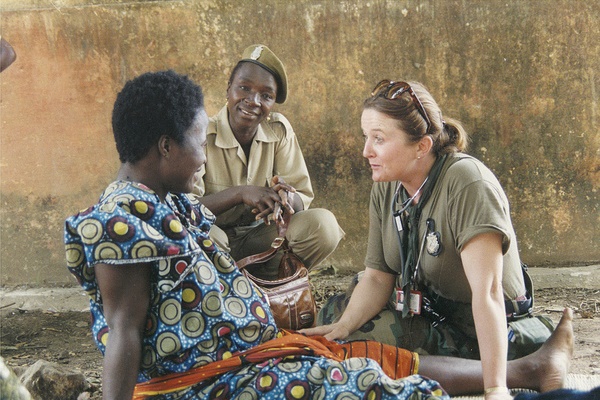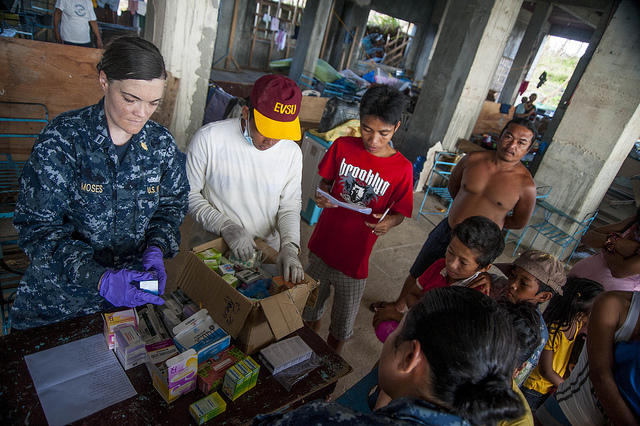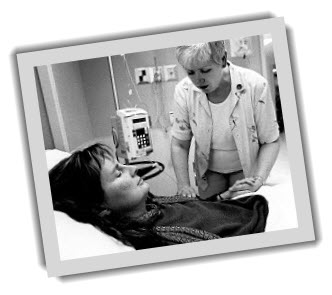Christian
Most Christians accept modern health practices and use complementary and alternative medicines (meditation/yoga). In general Christians appreciate visit from clergy, use prayer, and some use laying on of hands. Life support varies and organ donation is acceptable. Common Christian rituals include Holy Communion, Baptism, and Last Rites. In general Christians prefer burial to cremation.
Roman Catholic
Roman Catholics condone family planning by natural means only (abstinence, rhythm method, and temperature). Permanent sterilization is forbidden and abortion is considered morally wrong.
Rituals are performed by a priest and include Reconciliation (confession), Holy Communion/Eucharist, Anointing of the Sick/Last Rites (prior to death or after a sudden death), and infant baptism. A lay person may baptize a critically ill newborn when a priest is not available.
Dietary restrictions include: fasting on Ash Wednesday and Good Friday, and days of abstinence (no meat) include all Fridays in Lent. Fasting is not required when the person is ill. The Rosary and icons of saints are important religious objects in the Roman Catholic religion.
Jehovah Witness
Jehovah's Witnesses do not practice infant baptism, oppose abortion and are opposed to blood transfusions. Alternatives to blood transfusions (i.e., non-blood plasma expanders, autologous transfusions, iron supplements) are allowed, and may permit organ transplants with non-blood product cleansing of organs.
Christian Scientist
Christian Scientists believe that healing occurs through prayer and spiritual regeneration. They usually do not seek medical care except for broken bones, and have a Christian Scientist nurse registry for non-medical care.
They avoid blood and blood products, prefer not to vaccinate (but will follow legal requirements), are unlikely to participate in organ donation, and usually decline autopsy. They do not practice infant baptism, but baptism is considered the daily purification and spiritualization of thought. Communion is practiced and is the finding of one’s conscious unity with God through prayer. There are no dietary restrictions, but members usually abstain from alcoholic beverages and some abstain from coffee and tea.
Jewish
The Jewish approach to healthcare is to create a partnership relationship between the patient, family, and health care provider placing the life of the patient above all else. Anything that can be done to ease the suffering of the patient is highly recommended. An abortion can be done in all cases if the woman’s life is physically at risk. Generally cremation is discouraged and autopsies are permitted but all body parts must be buried. Organ donations are permissible. Questions about keeping a patient on life support vary among different Jewish denominations.
Religious rituals include:
- Circumcision which may be done eight days after the birth of the boy by a trained and ritually knowledgeable person in the Jewish community (mohel)
- When a patient is nearing death, they should be surrounded by family and friends and allowed to unburden themselves. A person should not go into death alone. They are encouraged to read a confessional and say the Shema (the creed of faith of Judaism) and if they cannot talk then it can be said for them.
- After Death a rabbi should be consulted immediately because there are very detailed preparations for the body and the body must be buried as soon as possible.
Dietary Regulations include Kashrut (keeping Kosher). Some only refrain from eating pork, others will refrain from a variety of foods and food mixtures. Still others will not be able to eat any hospital food unless it is certified Strictly Kosher and cooked in a Kosher Kitchen.
Personal Devotions include the Jewish/Hebrew prayer book known as Siddur. When praying, many Jewish men and some women wear kipot or yarmulkes (small head coverings) and prayer shawls, tallit. Prayer occurs on the Sabbath Friday night at sundown to Saturday evening when it gets dark.
Muslim
Muslims perform prayers five times a day facing Mecca (east from the U.S.), bowing down on hands and knees, and the provision of privacy is important (especially for women). If the patient is able to wash it is necessary. Prayer rug and the Koran are kept by the Muslim patient and must not be touched by anyone that is not clean (such as blood or urine on hand). It is preferable that nothing should be placed on top of the Prayer Rug or the Koran.
Ramadan is a period of 30 days of fasting from sunup to sundown to honor the first revelations to the Prophet Muhammad. Pregnant women, nursing mothers, elderly and ill do not need to fast.
The Koran is a book of sacred writing accepted by Muslims as revelations made to Muhammad by Allah through the angel Gabriel. An amulet, a string or chain on which sections of the Koran are attached, may be worn by the patient. The nurse should not remove the amulet and it must remain dry. Women are very modest and the nurse whenever possible should be female.
No pork or pork products, such as lard, are allowed and all permissible meat is slaughtered in a special way known as halal or zabiha. Alcoholic beverages or any food prepared with alcohol are prohibited, but medications with alcohol are permitted.
A baby is bathed immediately after birth, before giving it to the mother and then the call to prayer in whispered in the child’s ears so that the first sounds it hears are about the Muslim faith. Circumcision of the male child is recommended within the first seven days.
Autopsies performed for medical research and training are allowed. The use of life support and abortion (when the mother’s heath is in imminent danger) are permitted. The dying Muslim patient may wish to sit or lie with his/her face towards Mecca and moving the bed to make this possible is appreciated. As soon as death occurs the body should be covered completely and placed, if possible, with feet towards Mecca. There are special procedures for washing and shrouding the body and Muslims are required by their religious law to prepare the body for burial.
Hindu
Hinduism is the primary religion of India and they believe in Karma (the law of cause and effect) and non-violence. They practice meditations and mantras. They believe in many gods, but these gods are forms of one supreme God. Some believe that illness is God’s punishment for sin and some may believe in faith healing.
Life in all forms is divine (lowing to people with hands in a prayer position means, “I salute the divine within you.”). Abortion is strongly prohibited in scripture, except when the mother's life is in danger. The eating of meat is forbidden (beef especially, including gelatin) with many following a vegetarian diet. Eggs, onion, and garlic are avoided by some. Fasting is a common practice.
Hindus believe in reincarnation, and perform cremation instead of burial. Prolonged life support may be seen as interrupting the reincarnation cycle or interfering with karma, and patients may wish to die conscious at home. There are no religious laws that prohibit organ donation.
There are no special accomodations needed for prayer or required visits from clergy. Certain bracelets, necklaces, and other jewelry have important significance and consultation should happen with the patient if there is a need to remove them.
